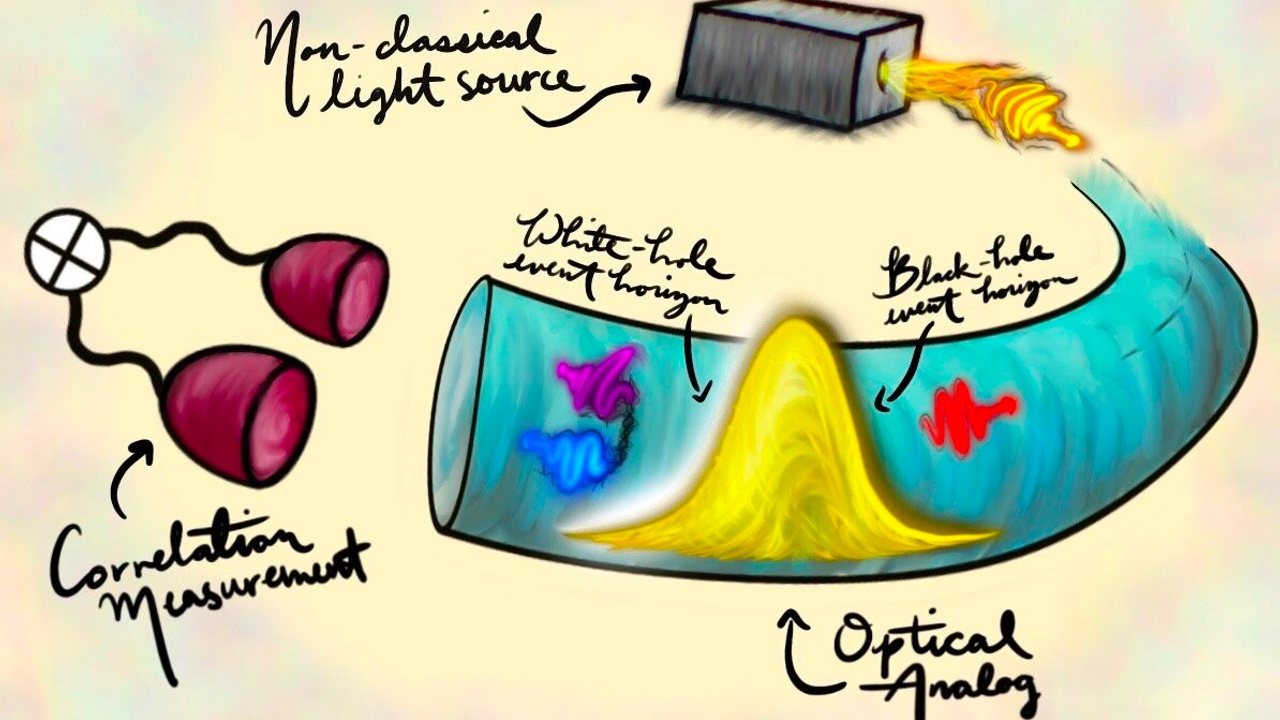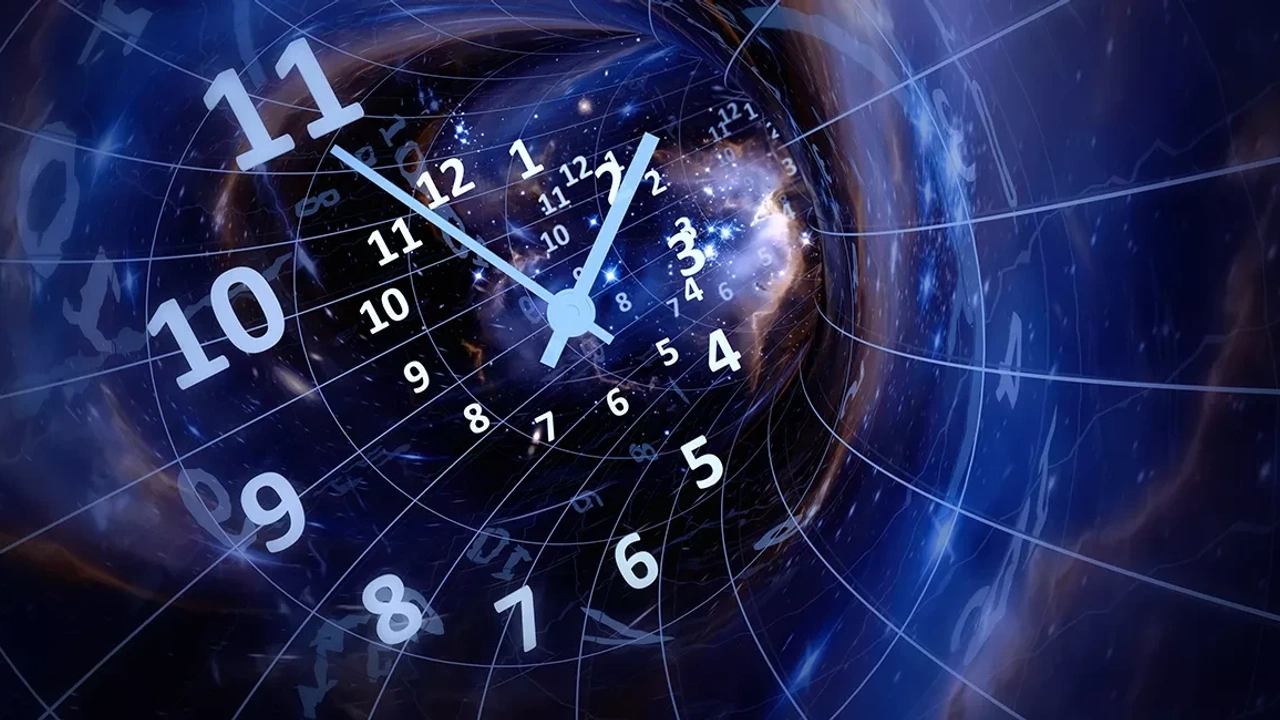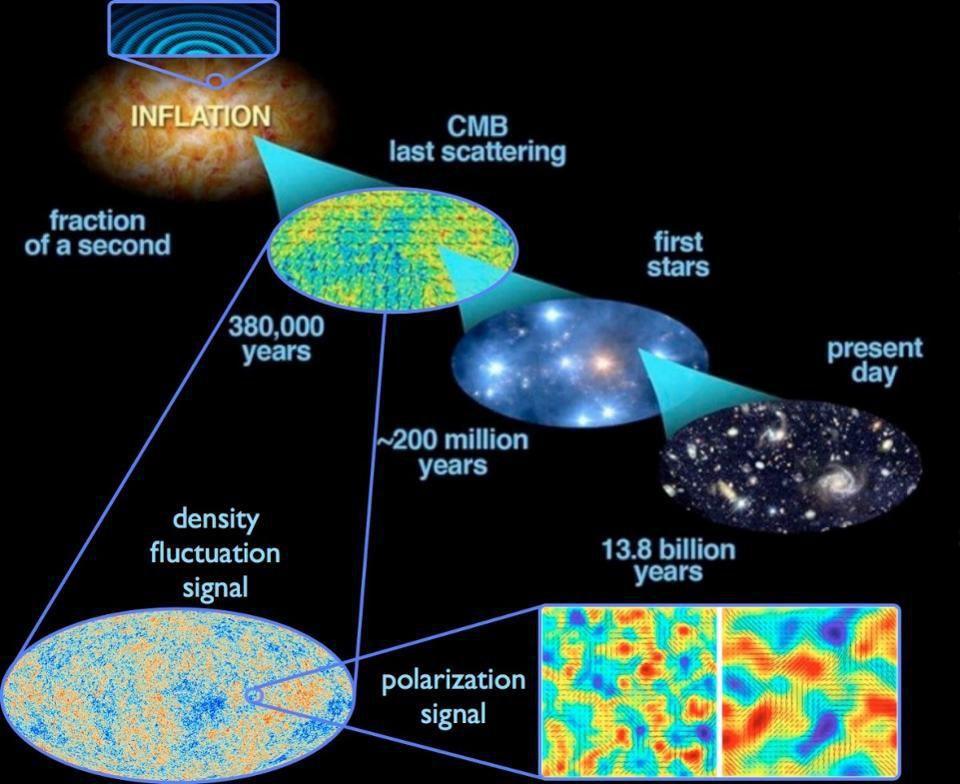Science News
& Faculty Articles
The Last Previously Un-Decipherable Regions of the Human Genome have been Successfully Resolved

By: William Brown, Biophysicist at the Resonance Science Foundation
The Telomere-to-Telomere Consortium has completed a 3.055 billion-base pair sequence of a human genome, including complete sequencing of all centromeric satellite arrays, recent segmental duplications, and the short arms of all five acrocentric chromosomes, unlocking these hitherto un-resolved regions to variational and functional studies [1]:
"Mapping this genetic material should help explain how humans adapted to and survived infections and plagues, how our bodies clear toxins, how individuals respond differently to drugs, what makes the brain distinctly human and what makes each of us distinct, said Evan Eichler, a geneticist at the University of Washington School of Medicine who helped lead the research." [2]

Each bar is a linear visualization of a chromosome, with the chromosome number shown at left. Red segments denote previously missing sequences that the T2T Consortium resolved. GRAPHIC: V....
TV and Video Game Streaming with a Quantum Receiver

By: William Brown, Biophysicist at the Resonance Science Foundation
In a previous article by Resonance Science Physical Chemist Dr. Ines Urdaneta an experiment that possibly demonstrates non-trivial quantum mechanical properties in microtubules was discussed. In the experiment, laser light shone on microtubules was absorbed, and had a delayed re-emission on physiologically relevant timescales [1]. The laser light was being absorbed by atoms and molecules within the microtubules and altering their properties before being re-emitted. This is a quantum mechanical process, and hints at potential quantum information processing in the biological system. In a seeming demonstration of how this process can be used in the transfer of information, a team at the National Institute of Standards and Technology (NIST) have utilized a similar process to stream video with a quantum receiver [2].
The team had already used their quantum receiver to stream music with AM / FM reception [3], but now they...
Continuous Merging of Strange Attractors’ Multifractal Structure Found to Underlie Synchronization in Chaotic Systems

By: William Brown, Biophysicist at the Resonance Science Foundation
A chaotic dynamics is typically characterized by the emergence of strange attractors with their fractal or multifractal structure. On the other hand, chaotic synchronization is a unique emergent self-organization phenomenon in nature [1].
Complex systems are, by their intrinsic nature, immensely challenging to describe and delineate scientifically. Of particular interest in understanding their uniquely chaotic behavior is how synchronization and self-organization emerge from such systems, as is often observed [2,3]. For instance, synchronization underlies numerous collective phenomena— providing a scaffold for emergent behaviors— ranging from the acoustic unison of cricket choruses and the coordinated choreography of starling flocks to human cognition, perception, memory and consciousness phenomena [4-6]. As the authors— a group of physicists from Bar–Ilan University in Israel—...
Tunable Quantum Entanglement in Stimulated Hawking Radiation in an Analog White-Black Hole Pair

Main image credit: Artist rendering of optical systems containing the analog of a pair white-black hole. 2021 PhD alumnus Anthony Brady, postdoctoral researcher at the University of Arizona
By: William Brown, Biophysicist at the Resonance Science Foundation
Black holes are instrumental in the study of the unification of Quantum Mechanics and General Relativity because they are macroscopic quantum objects—essentially like large particles (which should give a clue that particles are small black holes). In a black hole construct one can study the effects of strong gravity and quantum field theory in a singular system, enabling one to understand both in a singular framework. This also means, however, that one needs a unified theory of quantum gravity to fully understand black holes (and other quantum systems).
The thermodynamics and quantum information (or entropy) of a black hole are of key consideration, especially the relationship between the information comprising...
Chemistry at 10 K

By: William Brown, Biophysicist at the Resonance Science Foundation
In our unification model The Unified Spacememory Network: from cosmogenesis to consciousness [1], we introduce the idea of universal biogenesis, in which we highlight the observation that the universe is not only optimally biophilic—with the constants of nature set within an optimal range for complex states of matter, like the living system, to exist— but that the negentropic ordering dynamics of the universal spacememory network are such that states driving biogenesis will be found ubiquitously throughout the universe. As such, a primary prediction from the model is that wherever in the universe conditions are conducive to organic chemical processes, there is a good probability of finding life, and therefore we should expect to find life on many exoplanets and moons throughout the universe.
Even before the Unified Spacememory Network it was known that the basic ingredients for the living system...
The Problem of Consciousness and Why it is a Problem in Physics

Image credit here
"I regard consciousness as fundamental, matter is derivative from consciousness. We cannot get behind consciousness. Everything that we talk about, everything that we regard as existing, postulates consciousness. There is no matter as such; it exists only by virtue of a force bringing the particle to vibration and holding it together in a minute solar system; we must assume behind this force the existence of a conscious and intelligent mind.
The mind is the matrix of all matter" - Max Planck
Consciousness has been a controversial subject within science, as it is not just about explaining a particularly complex phenomenological state of the brain – it pierces right to the heart of our conception of the material world. An investigation of the nature of consciousness, as it turns out, is inextricably linked with the exploration of the nature of reality. This is epitomized in the centuries-old adage “if a tree falls in the...
Time Dilation Experiment with Atomic Clock Opens Possibility to Measure Relativistic Effects in Matter in Quantum State

By: William Brown, Biophysicist at the Resonance Science Foundation
The way we measure time is via frequency. To measure spatial dimension, we use a ruler. In classical mechanics we assumed that these measurement devices were static and would measure the same time and length no matter how an observer was moving or where they were located. However, in the late 19th century it was discovered that this “common sense” perspective of the world is erroneous, and a new mechanics was necessitated. Hendrik Lorentz and Henri Poincare described how rulers contract and clocks measuring frequency have a dilation in the rate of "ticks" they read depending on the movement of a given frame of reference— which was described in relation to the aether in Electromagnetic phenomena in a system moving with any velocity smaller than that of light [1] by Lorentz and The New Mechanics [2] by Poincare. These contractions are known as Lorentz transformations and were generalized by Einstein...
Study Reveals Indications of Environmental Sensing by Genetic Apparatus Driving Non-Random Mutation for Directional Adaptation

By: William Brown, Biophysicist at the Resonance Science Foundation
In our study The Unified Spacememory Network: from cosmogenesis to consciousness, we described how quantum information processing pathways in the molecular genetic system of the biological organism order permutations in a non-random fashion that result in natural directional adaptation and evolution. Information exchanges involving quantum mechanisms at the molecular level of the biological system with the environment and the entanglement nexus of the Spacememory morphogenic field give a kind of natural intelligence to the evolvability of organisms, allowing for meaningful adaptations to occur at an accelerated rate beyond what would be possible under purely random genetic mutations. As the evolutionary biologist Andreas Wagner states, “natural selection can preserve innovations, but it cannot create them… nature’s many innovations, some uncannily perfect, call for natural principles that...
Third Planet Detected in Alpha Centauri System, Earth’s Closest Stellar Neighbor

By: William Brown, Biophysicist at the Resonance Science Foundation
“The discovery shows that our closest stellar neighbor seems to be packed with interesting new worlds, within reach of further study and future exploration,” João Faria, lead researcher and astronomer at the Instituto de Astrofísica e Ciências do Espaço, Portugal.
A third planet has been detected orbiting our closest stellar neighbor Proxima Centauri in the Alpha Centauri solar system [1]. The Alpha Centauri system, at only 4.3 light years from Earth, is turning out to be a rich and diverse solar system: with an Earth-like planet named Proxima b that orbits in the habitable zone around the low-mass M dwarf star Proxima B— which we discussed in the RSF article ‘Potential Habitability of Exoplanets’ [2]— candidate planet Proxima c which has a much larger orbit outside of the habitable zone, and now Proxima d, with a mass about a quarter of that of...
Eridanus Supervoid May Explain Cosmic Microwave Background Anomalous Cold Spot

By: William Brown, Biophysicist at the Resonance Science Foundation
A lot of information about the large-scale nature of the universe can be derived from detailed analysis of its ubiquitous thermal electromagnetic field, called the cosmic microwave background (CMB), for instance analysis of suppressed fluctuations at large wavelengths reveals a closed geometry of the universe— a torus-type geometry as we described in the RSF article A New Signature of a Multiply Connected Universe [1].

Inhomogeneities attributed to quantum fluctuations during the inflationary period are amplified across large-scale universal structure, and when inflation ends, they become density fluctuations and cause the differences in temperature observed in the CMB. Its an intriguing signal to study because it reveals an epoch when atomistic and cosmological structure where one-and-the same, and quantum behaviors that typify nature evolves into large-scale structural features of the universe. (Credit...



